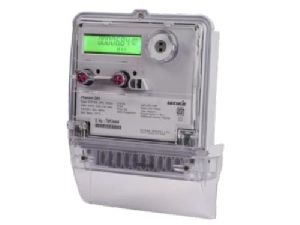
Solar Net Meter

Solar DC Cable
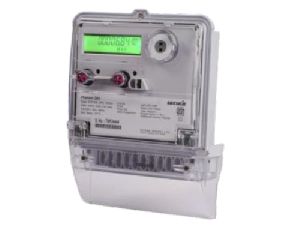
Solar BiDirectional Meter
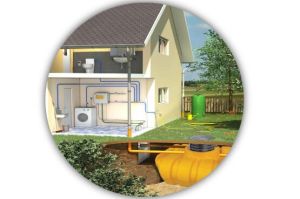
Rain Water Harvesting System
Rain water harvesting is a technique of collection and storage of rainwater into natural reservoirs or tanks, or the infiltration of surface water into subsurface aquifers (before it is lost as surface runoff). One method of rainwater harvesting is rooftop harvesting. With rooftop harvesting, most any surface — tiles, metal sheets, plastics, but not grass or palm leaf — can be used to intercept the flow of rainwater and provide a household with high-quality drinking water and year-round storage. Other uses include water for gardens, livestock, and irrigation, etc.The rainwater that falls on your roof and property is essentially free. All it takes is a method to harvest it into a tank or cistern for later use. Rainwater harvesting can be a great educational tool to get people to recognize their individual or household water usage. This can get them to start conserving water in other areas around their home.
...more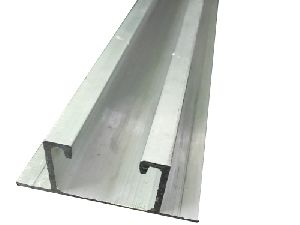
Microperline Solar Panel Mounting Structure

MC4 Connector
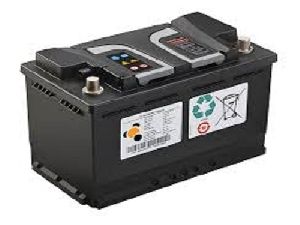
Lithium Ion Battery

LA Earthing Accessories
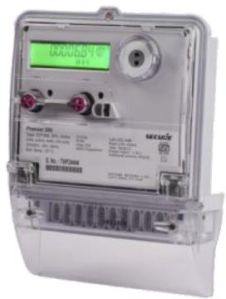
GENERATION METER

Dc Distribution Box
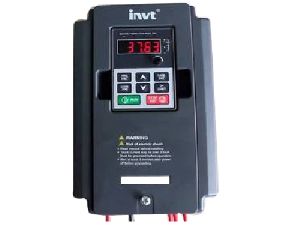
AC Solar Pump Controller

Solar Modules

Inverter

AC Distribution Box

Terrace Garden
Terracing in the landscape creates mini-gardens and is an excellent option for homeowners with steep slopes where planting is otherwise impossible. Terrace gardens help prevent erosion by dividing hilly areas into smaller level sections where water is more easily distributed and soaked into the ground. Hillside terrace gardens are an attractive addition to the landscape and can be planted with a variety of evergreen creeping shrubs, perennials or annuals. As the world is heading towards the depletion of natural resources and the loss of forest/garden area due to urbanization, there is a dire need of terrace gardens. Due to the population explosion with a house for every citizen in the country, all the open areas are eaten away by concrete buildings. This has created the ecological imbalance, which can cause tremendous harm to our future generations.
...more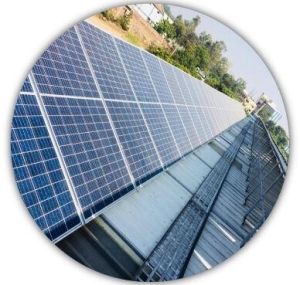
Solar Project Development
A rooftop photovoltaic power station, or rooftop PV system, is a photovoltaic system that has its electricity-generating solar panels mounted on the rooftop of a residential or commercial building or structure. The various components of such a system include photovoltaic modules, mounting systems, cables, solar inverters and other electrical accessories. Rooftop mounted systems are small compared to ground-mounted photovoltaic power stations with capacities in the megawatt range. Rooftop PV systems on residential buildings typically feature a capacity of about 5 to 20 kilowatts (kW), while those mounted on commercial buildings often reach 100 kilowatts or more.
...more
Green Roof
A terrace garden is a garden which is established on a terrace, roof, or patio, usually in a house where there is limited gardening space. These types of gardens are especially popular in urban areas, and they are sometimes used in restaurants and other establishments as well.
...more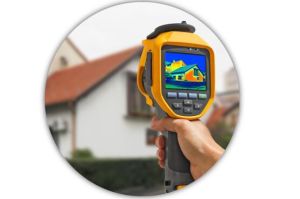
Energy Audit & Management
Energy audit is the periodic examination of an energy system to ensure that energy is being used as efficiently as possible. Energy audit is top down initiative its results are dependent on the resources being allocated by the top management. In many ways energy auditing is similar to financial accounting and auditing.When the object of study is an occupied building then reducing energy consumption while maintaining or improving human comfort, health and safety are of primary concern. Beyond simply identifying the sources of energy use, an energy audit seeks to prioritize the energy uses according to the greatest to least cost effective opportunities for energy savings.
...more
Cool Roof Insulation
A cool roof is a roofing system that delivers higher solar reflectance (the ability to reflect the visible, infrared and ultraviolet wavelengths of the sun, reducing heat transfer to the building) and higher thermal emittance (the ability to radiate absorbed, or non-reflected solar energy) than standard designed.Costs are one of the major benefits of cool roofs. Cool roofing is known to be very affordable overall, with energy savings ranging from 7%-15% of total cooling costs. Like all roofing projects, however, costs can vary depending on multiple factors: project size, project location, climate, and ease of roof access. Some projects have very low installation costs with little to no maintenance, while the associated energy savings provide a great incentive for consumers. Payback periods can be as low as six years.
...more
BioGas Plant Development
Biogas consists mainly of methane (CH4) and carbon dioxide (CO2). Methane is a valuable form of gas, as it is an efficient energy carrier with a wide range of uses. The amount of CO2 that is produced corresponds to the amount of CO2 captured when the biomass was created. This means that biogas is a CO2 neutral and renewable source of energy.Biogas is somewhat lighter than air and has an ignition temperature of approximately 700 °C (diesel oil 350 °C; petrol and propane about 500 °C). The temperature of the flame is 870 °C. Biogas can be produced from raw materials such as agricultural waste, manure, municipal waste, plant material, sewage, green waste or food waste. Biogas is a renewable energy source. It can also be used in a gas engine to convert the energy in the gas into electricity and heat.
...moreBe first to Rate
Rate ThisOpening Hours